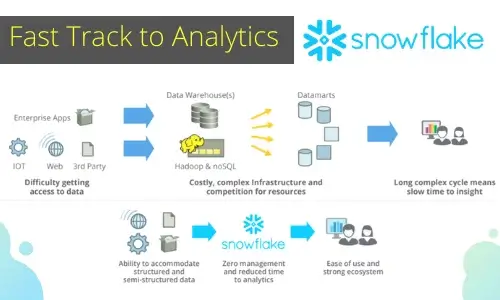
Accelerating Insights: Strategies for Efficient Analytics with Cloud-Native Data Warehousing
Whitepaper Insights: Unlocking Benefits and Best Practices in Cloud-Native Analytics
Introduction to the Fast Track to Analytics with Cloud-Native Data Warehousing
Strategies for Accelerating Insights and Achieving Efficiency in Analytics
Benefits of Adopting a Cloud-Native Approach to Data Warehousing for Analytics
Best Practices: Ensuring Success in Implementing Cloud-Native Analytics Solutions
The Impact of Cloud-Native Data Warehousing on Accelerating Analytics Workflows
Exploring Strategies for Efficient Data Management in Cloud-Native Analytics
Common Challenges and Solutions in Fast-Tracking Analytics with Cloud-Native Approaches
Optimizing Analytics Workflows for Efficiency in Cloud-Native Data Warehousing Environments
To make use of data for reporting or analytics, the data first needs to get into the hands of data users. That’s obvious but it’s not necessarily simple. Getting data to users can be challenging with todays legacy data warehouses and big data platforms. Data users face a number of challenges in trying to access the data they need and as a result of these challenges, valuable analysis takes too long, if it can be done at all, which leads to missed insights.
Ideally, every organization wants the shortest and simplest pipeline from where the data resides to its analysts or other data users. Unfortunately, with current options for traditional data warehouses and big data platforms, this pipeline is long, convoluted, inflexible and expensive.
In this solution brief – discover how the Snowflake Elastic Data Warehouse takes a new approach to getting data to the data analysts who need it. Built from cloud up, with no infrastructure to deploy and manage, the Snowflake data warehouse as a service can work with both structured and semi-structured sources – allowing user to work with all the enterprise’s business data and workloads, using standard SQL instead of complex programming languages.
Get your Whitepaper today!











 Media Coverage
Media Coverage Press Release
Press Release